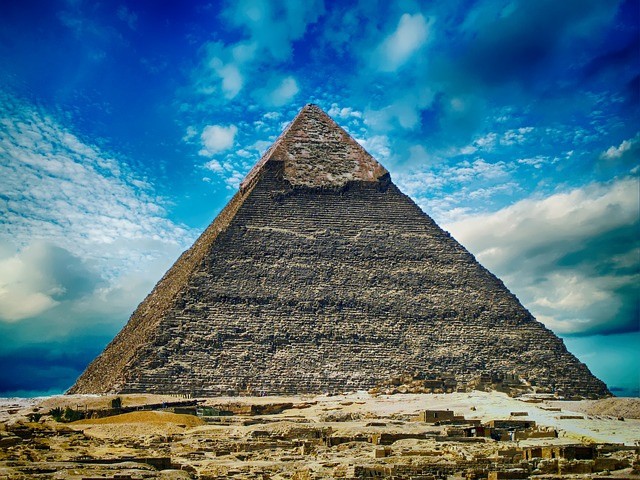
A burial mound shaped like a pyramid in Syria wherein 30 bodies of warriors are piled on top of each other could be the oldest war memorial ever discovered. Scientists claim that it dates back to 4,300 years ago, and gives a glimpse of military life in the ancient civilization.
The mound was discovered at the site of Tell Banat that is now submerged. According to archeologists, it is a rare type of monument with ancient writings dating to Mesopotamia. The warriors could either be that of enemies or Syrians.
Anne Porter, who studies Near and Middle Eastern Civilizations at the University of Toronto, said that those slain in battle were honored, just like now. She added, "We do not know whether they were triumphant or vanquished in that war. We do understand that they (the people of Tell Banat) collected the bodies of the dead from elsewhere, probably long after the incident, and placed them on a huge mound visible for miles," as per the Archeological News.
Pyramid-shaped mound gives more information about ancient Syria
According to Porter, the memorial matches the Djoser's step pyramid in Egypt. However, the mound layers are constructed of dirt and gypsum instead of stone, wrote archaeologists in an article published in the journal Antiquity on May 28.
This mound was called the "white monument" by modern inhabitants because gypsum causes the monument to glisten in the sun, remarked the archaeologists.
Even though the monument was dug between 1988 and 1999 by a team led by Porter and Thomas McClelland, two archaeologists connected with the Euphrates Salvage Project, researchers did not fully understand its implications until now.
One site they were digging was affected by the flooding caused by the construction of the Tishreen Dam. After some study and speculation, the scientist was able to find out that the mound was an old war memorial. But they found another layer under it.
An army of corpses
Researchers saw the bodies were not placed randomly but organized. They described human bones in the fill that were placed in horizontal layers from top to bottom. Everything was built ground-up from the soil layer, with a specific grouping of the human remains.
All remains are incomplete, and the age and gender of the dead are uncertain. Those identified were all males, ages ranging from adults to eight or ten years old. It is unknown why a child was included in a war memorial.
"Patterns emerge suggesting that the men memorialized are not only engaged in war, also did so in a formalized way: they were part of a coordinated army, divided into wagoneers and foot soldiers," said archeologists as reported by Eminentra.
The Discovery of the mound shaped like a pyramid with 30 bodies is a first in science, and more might be discovered by more diggings.
Related article: Archaeologists Discover Rare Egyptian Artifacts: Over 300 Rock-Cut Tombs of Akhmim Leaders








